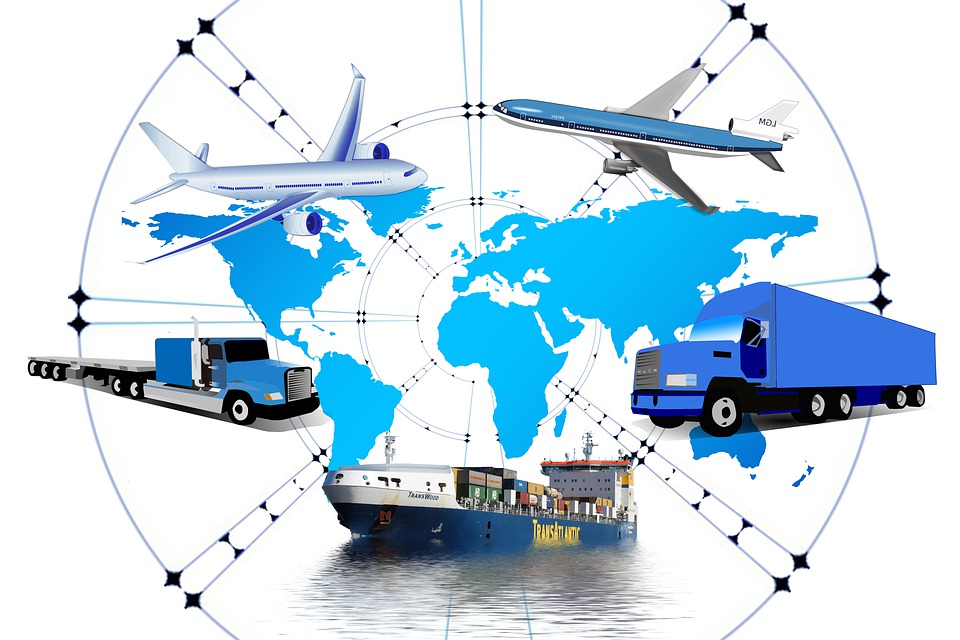 The multimodal transport of goods or intermodal transportation consists of using several modes of transportations to transport goods from point A to point B. In Europe, the face of intermodal transportation is mixed. Most of this road-rail transportation takes place between the Netherlands-Germany and the Po Valley in Italy.
The multimodal transport of goods or intermodal transportation consists of using several modes of transportations to transport goods from point A to point B. In Europe, the face of intermodal transportation is mixed. Most of this road-rail transportation takes place between the Netherlands-Germany and the Po Valley in Italy.
Details on the intermodal transportation
The multimodal transportation uses different modes of transportation to overcome logistical problems. Indeed, the remoteness of production sites or the standardization of flows do not facilitate the logistics and the freight, hence the successive intervention of two or more modes of transportation. Its development comes after the discovery of the container in the 1960s. It is now helping to reach consumers in remote areas of the urban ones.
The multimodal transportation is convenient for the logisticians and it allows the use of available means of transportation as needed. It also meets the requirements relating to deadlines, the protection of the environment and the budgetary constraints.
The state of multimodal transport in Europe
Europe does not meet all the requirements for an adequate multimodal transportation, which in this case it creates the crisis in the sector.
Indeed, to be efficient, the multimodal freight transportation requires long distances, greater than 500 km. Yet in Europe, more than half of the freight transportation route is less than 50 km. In addition, many European regions lack the infrastructure and the multimodal terminals.
The result is a crisis of the intermodal transportation system in Europe. This crisis, which has been going on since the 2000s, began with the abolition of the Eurovignette system.
The liberalization of road constraints and the opening to Eastern countries have also fostered this crisis. However, the situation differs from one state to another. In Germany and Italy, for example, the multimodal transportation is booming while it stagnated in Austria, Spain and Belgium, France and Switzerland have regressed. This situation also affects the types of intermodal transportation in Europe. Thus, there is a decline in intermodal rail-road transport, strong growth in intermodal river transport and in the container shipping by sea.
The obstacles of multimodal freight transportation in Europe
The difficulties with the development of this system of transportation are that this is an unprofitable sector and an under-capitalization of the European operators which have difficulty to invest and to develop their activity. And the subsidies from European states are not very clear.
The lack of harmonization of regulations in the exploitation of railways and the lack of interest in this area result in a failure and in a lack of punctuality of the rail freight. There would also be other problems related to the equipment and the drivers at border crossings.
How to promote the intermodality of European freight?
First, we must standardize the regulations on multimodal transportation in Europe. Europe must also implement the fiscal policies in order to develop the freight intermodality in Europe. Technically, it is necessary to ensure the interoperability of national and regional systems. This should allow the development of the river transportation, the coastal shipping, and the delivery by sea, etc.
